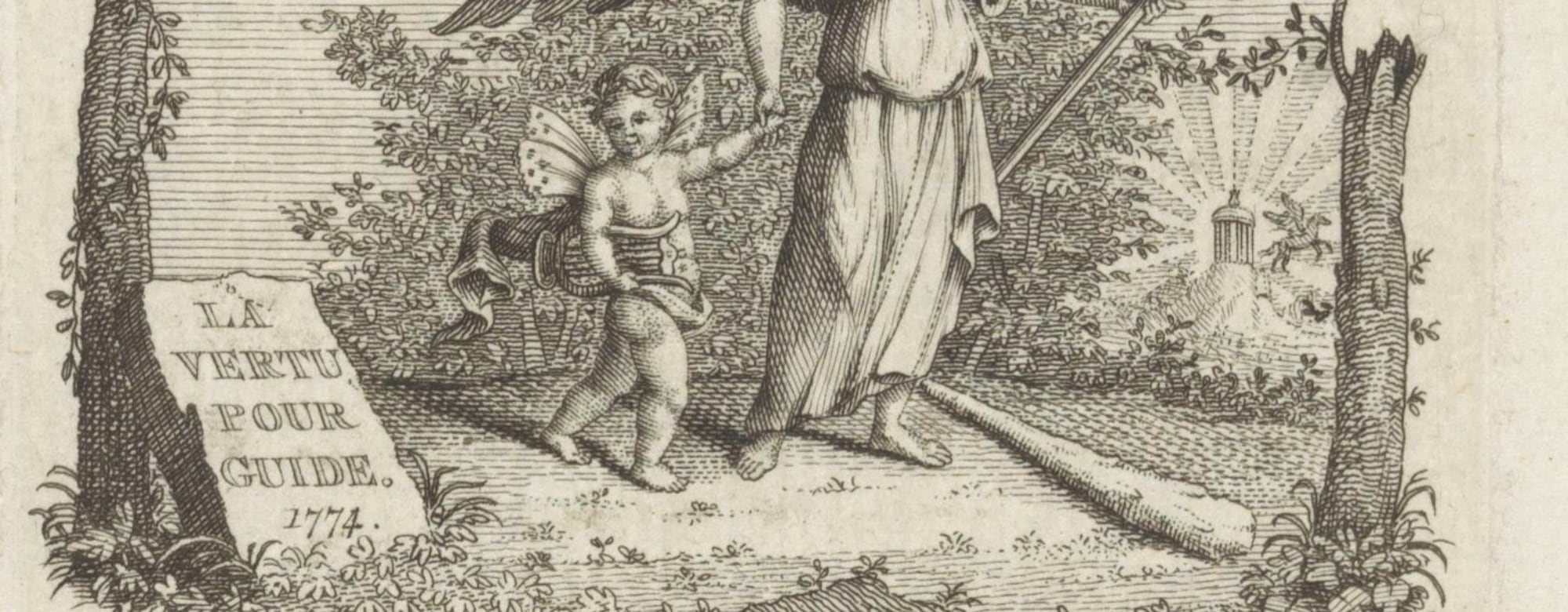Last week, we launched our Guidelines for the Implementation of the DSM Directive. This is part of a series of blogposts dedicated to the various provisions analysed in our guidelines. Today we give a quick explanation of the mandatory provisions in the new Copyright Directive that allow cultural heritage institutions to digitise and make out of commerce works in their collections available online.
For a detailed analysis, please read Europeana and Communia’s guide on Articles 8-11, authored by Ariadna Matas and Paul Keller.
What is at issue in Articles 8-11?
Articles 8-11 intend to allow cultural heritage institutions (CHIs) to digitise and make out of commerce works (OOCW) in their collections available online.
Breaking down Articles 8-11
What is an OOCW? Work or other subject matter that has never been in commerce or that is no longer available, as a whole, through “customary channels of commerce”.
How does a work qualify as OOC? CHIs have to make a reasonable effort to determine whether a work is in commerce, with no mandatory search. Member States can provide specific requirements, e.g. cut-off date.
What solutions are made available to use OOCW? Two legal solutions: an extended collective license or, as a fallback mechanism, an exception to copyright.
Who can benefit from these legal solutions? CHIs
When does the license apply? When a sufficiently representative collective management organisation (CMO) exists for the specific type of work and right.
What is a sufficiently representative CMO? Member States have flexibility to determine the threshold that will make a CMO representative or not. This needs to be based on the number of rights holders represented for the rights covered.
When does the exception apply? It applies to types of works and uses for which no sufficiently representative CMO exists.
Can authors opt out from the licenses and the exception? Yes, they have the right to exclude their works from the uses being made under the license or the exception.
Can the CHI use any OOCW under the license or the exception? CHI can only use OOCW that are owned or permanently held by them, excluding sets of OOCW that predominantly consist of works by non-EU nationals.
How to deal with Articles 8-11?
- Argue for the establishment of strict criteria on how to consider that a CMO is sufficiently representative.
- Get a workable and broad definition of what is considered an OOCW.
- Push for no definition at all or a very flexible one of what is considered a “reasonable effort” to determine whether a work is OOC.
- Insist that CMOs that are enabled to issue ECLs for the use of OOCWs need to meet the transparency and governance requirements of Directive 2014/26/EU.
- Make sure that there is broad representation from all types of CHIs in the stakeholder dialogues.

